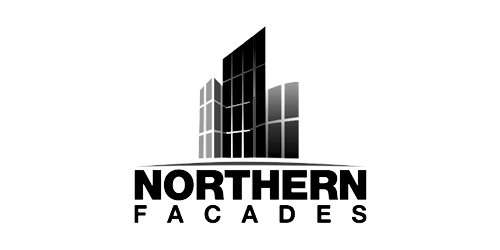Pacific Northwest
EVENT THEME
Detailing High-Performance Facades: Cladding Decisions and Sealant Strategies
Today’s high-performance facade standards require the deft balancing of aesthetics, technical detailing, and the demands of the client and local building regulations. This workshop will discuss both material and technical solutions to meet those standards. Experts will be on hand to lead tutorials on the most recent innovations in rainscreen cladding, sealant solutions, and much more. Attendees will leave with a greater knowledge of material applications at the cutting-edge of energy performance and code compliance, all while learning of attractive solutions for clients and end users.
view_agenda Agenda
10AM - 11AM
Credit type: 1 AIA HSW LU
Provider: Porcelanosa
This course covers the fundamentals of rainscreen systems, including their purpose and benefits. It highlights the advantages of using porcelain as a cladding material, such as water and fire resistance, and sustainability. Participants will learn about designing with cladding, optimizing installation, and understanding cladding systems, components, detailing, and building science. The course aims to provide a comprehensive understanding of porcelain cladding systems and their applications.
Learning Objectives
- Understand the benefits and function of ventilated facades
- Recognize the advantages of porcelain as a cladding material
- Explore various cladding systems
- Learn efficient panel layouts for labor economy
11AM - 12PM
Credit type: 1 AIA HSW LU
Provider: Schoeck
Concrete slabs and steel beams that project through the building envelope, such as those used in balconies, canopies and parapets, break the insulation layer and create thermal bridging. Incorporating a thermal break significantly improves the thermal performance of building envelopes and helps avoid costly issues down the road. This course addresses thermal bridging solutions, as well as design best practices and local building code requirements related to structural thermal breaks.
Learning Objectives
- Understand how, why and where thermal bridging occurs
- Identify the three main problems caused by thermal bridging
- Discuss the pros and cons of different approaches to addressing the problem
- Know how, when and why to use structural thermal breaks, including local code compliance
12PM - 1PM
Credit type: 1 AIA HSW LU
Provider: Northern Facades
Reaching towards Net Zero energy ready buildings is becoming a popular topic in todays climate changing world. Energy efficiency has expanded towards exterior wall assemblies where effects of thermal bridging are considered and thermally broken sub-framing systems are becoming the new norm. This course will identify and compare various cladding attachment methods on the market. Learn how to determine the appropriate clip for your project and how to compare effective thermal resistance required to achieve projects targeted R – Value.
Learning Objectives
- In this presentation you will be able to understand how the use of thermal clips will impact thermal bridging on various exterior wall assembly applications.
- Identify types of clips currently on the market.
- Learn how to calculate the number of clips required on your project by identifying structural forces involved to determine clip spacing.
- Gain insight on how the NFPA 285 fire code applies to thermal clips.
- Acquire a new ability to effectively detail thermal clips on architectural drawings.
1PM - 2PM
Credit type: 1 AIA HSW LU
Provider: Momentive
This course covers topics related to the use of silicone sealants in commercial construction. The discussion reviews what silicone is, where it is used and what are its benefits. Numerous design topics are covered as well as how sealant choice affects project cost, performance and life expectancy. Fundamental behaviors of silicone sealants are also discussed.
Learning Objectives
- Learn what is Silicone, where is it used and what are its benefits
- Compare and contrast sealant types
- Gai awareness of Design Topics and Considerations
- Understand the fundamental behavior of silicone sealants
Presenters

Victor J Yakin, CSI, CDT
Application Engineer
2PM - 3PM











